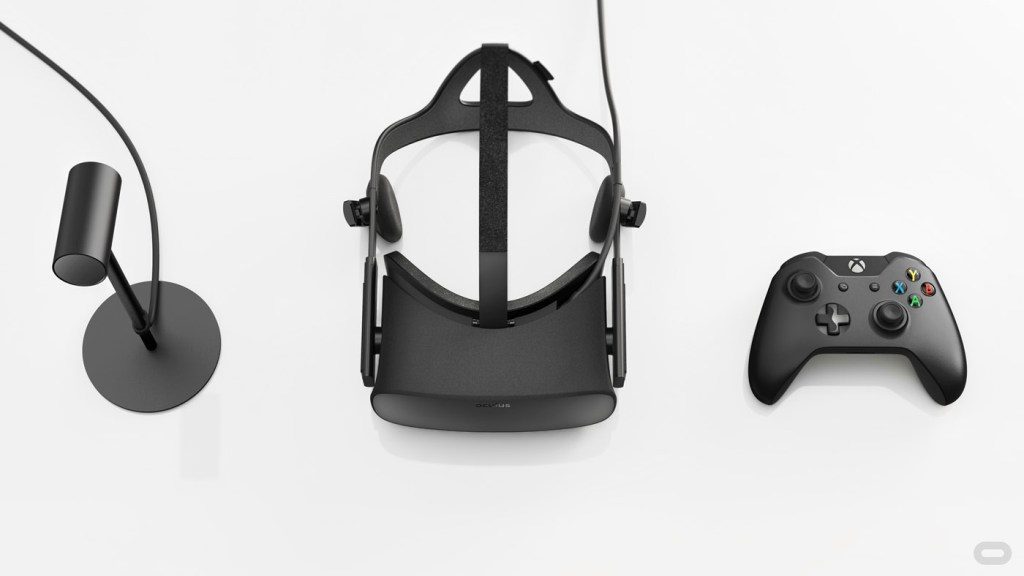For years, futurists and movies have touted virtual reality as the next big thing. While the technology has always been intriguing, it has yet to become as popular as predicted years ago. That could be changing soon. Some of the world’s largest companies like Facebook and Google have been making strong efforts to bring VR into the mainstream. One of the key areas where VR is expected to have a game-changing influence is in interior and architectural design.
Embracing VR
There are two primary reasons why virtual reality could become part of the conceptualized design standard. First, it is perfect tool for client engagement, allowing designers to gain instant feedback on their designs and make sure that their clients are completely on board with the vision, which avoids time-consuming revisions at a later date. Second, it can be used internally as a design and proofing tool, allowing designers to spot unintended flaws such as impractical furniture choices or unwanted reflections in a room where lighting is a crucial element.

Virtual renderings are becoming more and more indistinguishable from reality: one of these is a visualization; the other is the project once completed.
Over the past several years, the convenience of incorporating VR has increased, allowing VR designers to build visualizations based upon files created using existing architectural software, or even hand-drawn sketches. This is a major plus for professionals, as it means there is no need to adapt their working habits to incorporate virtual reality into their projects.
Required Hardware
Ideally, VR will become as mainstream as the Mac or PC computer and VR designs can be sent to a client to view on their own device anywhere in the world. However, those days are not upon us yet. For now, interior and architectural firms will have to provide the needed hardware to demonstrate to their clients. A dedicated computer will be needed to run most applications, as a high-end graphics card is the bare minimum needed to deliver the required performance. While there are several headsets commercially available that run off mobile phones, none of these are powerful enough to run a high quality architectural visualizations yet.

Currently, there are only two available headsets that can support such content: the HTC Vive and the Oculus Rift. While the HTC is a slightly more powerful device, it does require a dedicated space to be configured in order to perform optimally, where as the Oculus is more portable and quicker to set up for use. For professionals planning to demonstrate their projects at external meetings using VR, this will be an important factor in choosing which platform to select.
Is Now the Time for VR?
AHT looks at all possibilities to create a better workflow when collaborating with our partners and clients. Virtual reality is an intriguing technology that has been growing in popularity over the years. We have worked with several developers and designers in the past who have already adopted VR as part of their initial design workflow. We expect VR to increasingly become apart of the luxury design process in the months and years ahead.
Like any new technology, there are still several areas where virtual reality can and will be refined. The current pace of evolution means that we can expect greater resolution, more intricate control and faster content creation.




